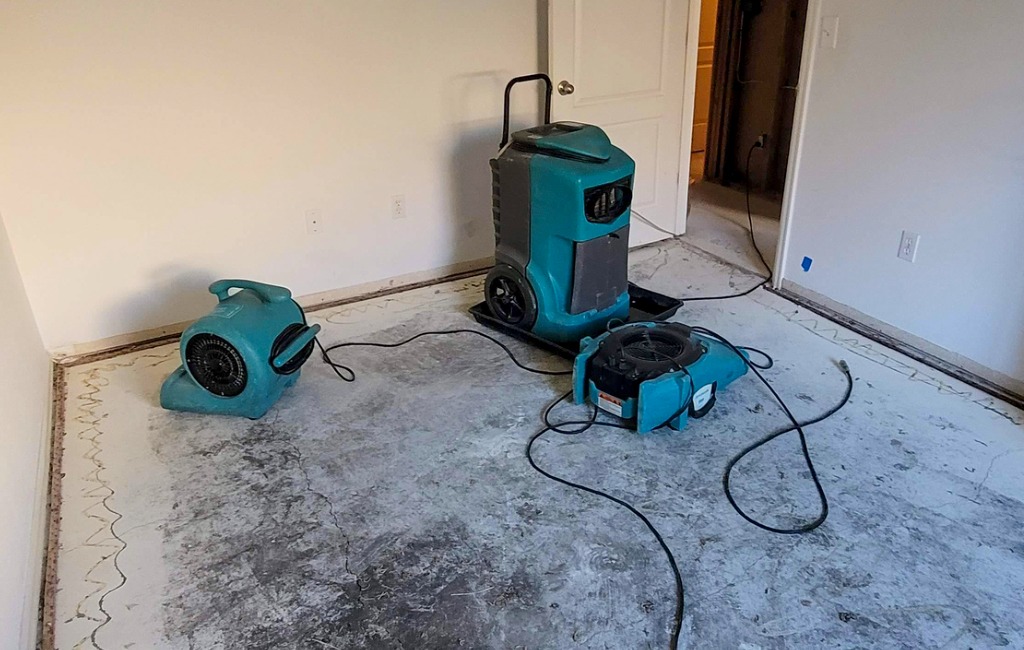
Flood damage in commercial properties can have lasting effects if not addressed quickly. Effective drying is essential to prevent secondary problems like structural damage and mould growth. Here’s a guide to properly drying out your building after flood damage.
1. Begin Water Removal Immediately
The first step in flood damage remediation for a commercial property is to remove standing water. Use industrial-grade pumps and wet vacuums to extract as much water as possible.
- Remove any furniture or equipment that is wet or blocking water extraction.
- Work in sections, starting with the areas with the deepest water accumulation.
2. Ventilate the Property
Proper ventilation is key to speeding up the drying process. Open windows and doors to improve airflow and remove moisture.
- Use industrial fans to keep air circulating throughout the property.
- Set up dehumidifiers to lower humidity levels, which will help dry out the space more quickly.
3. Use Professional Drying Equipment
To ensure your property dries thoroughly, use commercial-grade drying equipment. Professional drying tools are more effective than regular fans or heaters.
- Air movers can direct airflow to specific areas that need faster drying.
- High-powered dehumidifiers will pull moisture from the air and accelerate the drying process.
4. Check for Hidden Moisture
Even when the visible water is gone, moisture can linger in walls, floors, and ceilings. It’s critical to use moisture meters to detect hidden dampness.
- Inspect behind walls and under floors for areas where moisture may have been absorbed.
- Address damp spots immediately to avoid issues like mould growth or wood rot.
5. Dry Walls and Floors Thoroughly
Walls and floors are especially prone to water damage, and if not dried properly, they can lead to mould and structural issues.
- Remove baseboards and drill small holes in the drywall to encourage airflow behind walls.
- For hardwood floors, use specialized drying mats that pull moisture from the wood to prevent warping.
6. Monitor Humidity Levels
Throughout the drying process, monitor the indoor humidity with a hygrometer. Ideally, aim for a humidity level below 50%.
- Adjust dehumidifiers as needed to maintain optimal humidity.
- Continue running fans and dehumidifiers until the property is completely dry.
Taking swift and effective action after flood damage is essential for preventing long-term issues like mould and structural weakening. If your commercial property has experienced flooding, contact Touch With Care for expert flood damage remediation. Our team is ready to help restore your building and protect it from future damage.


